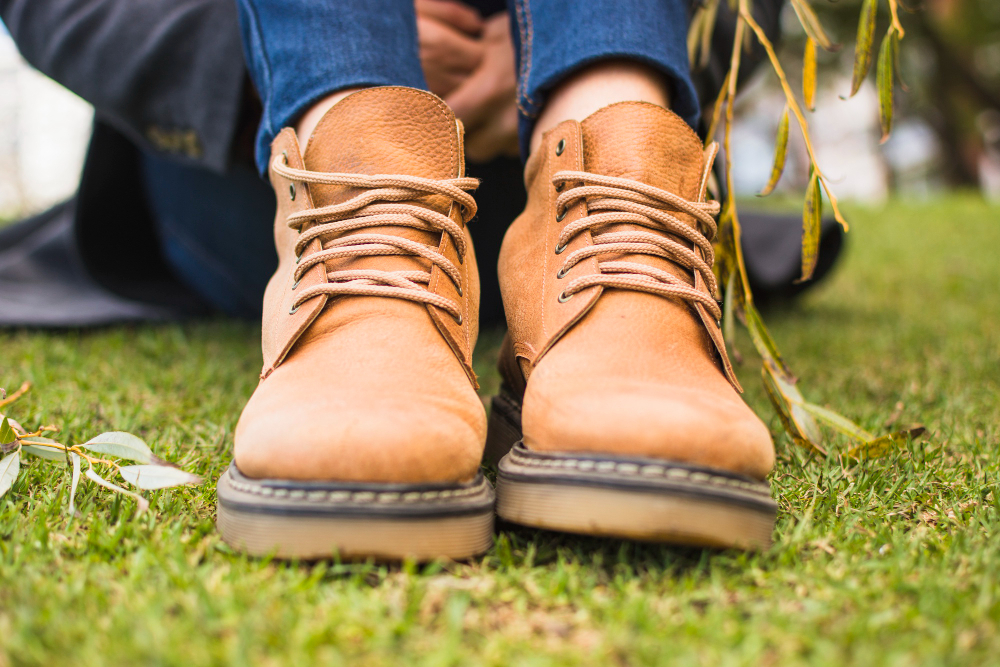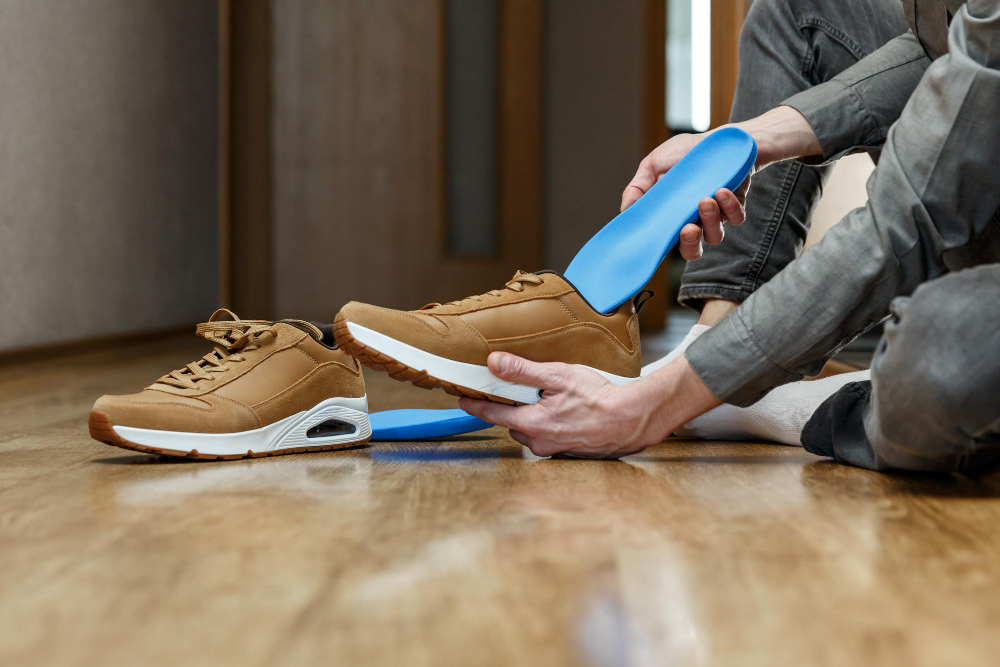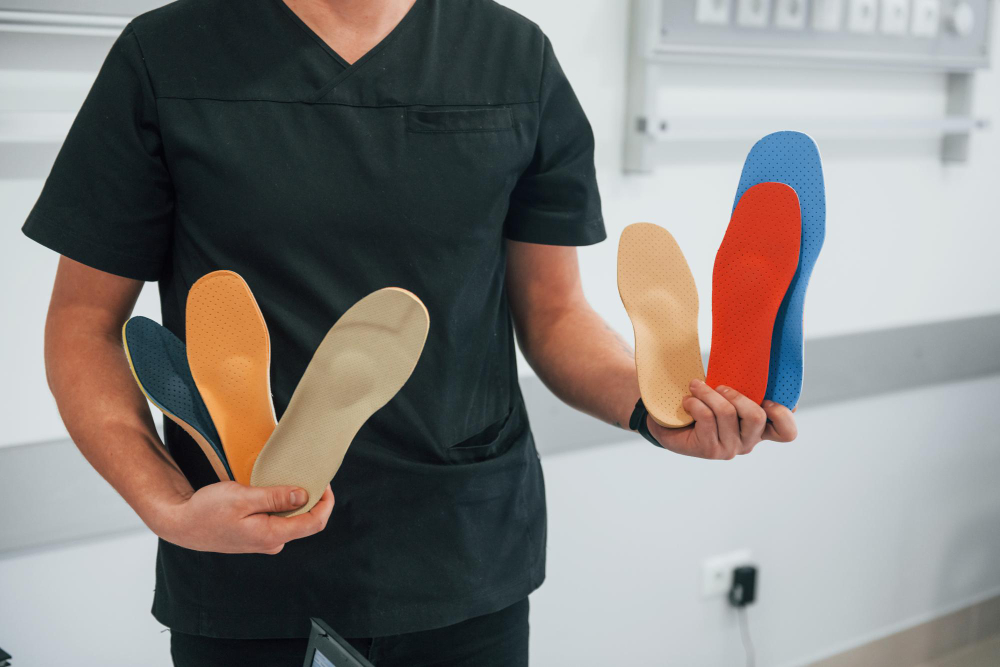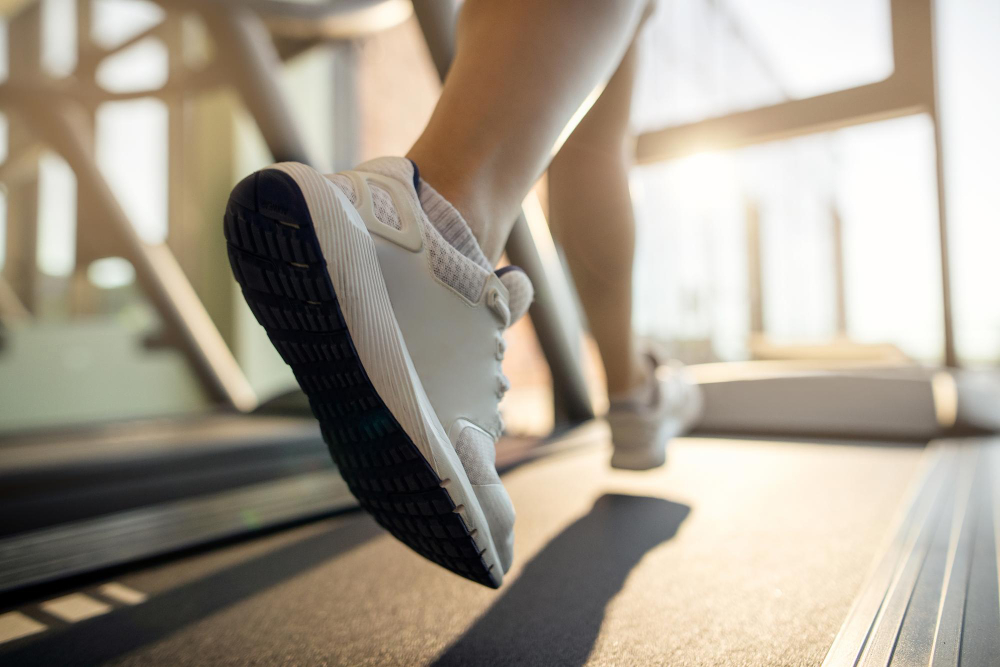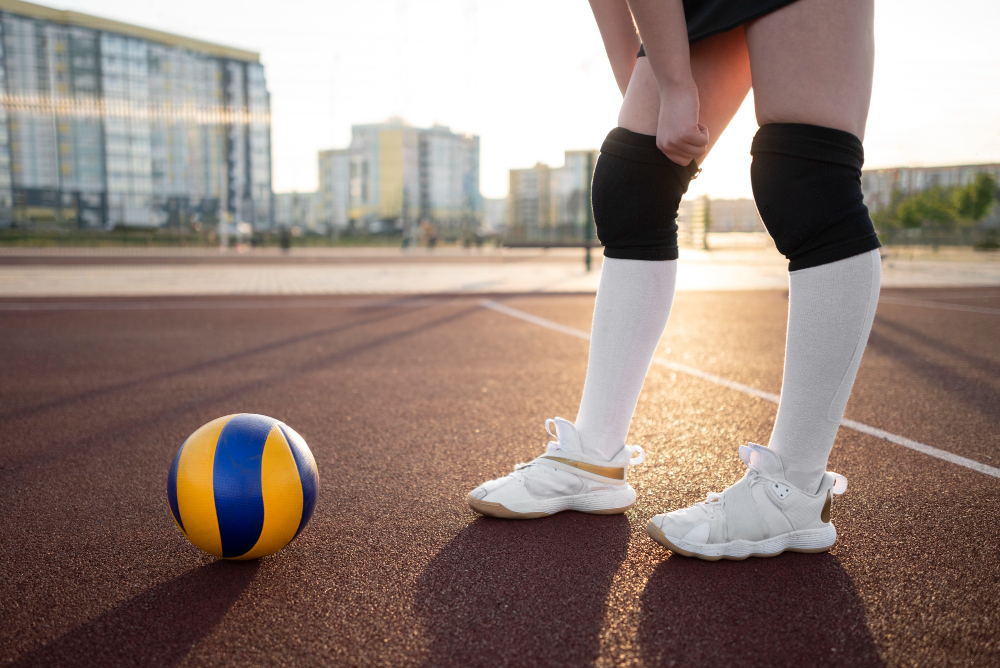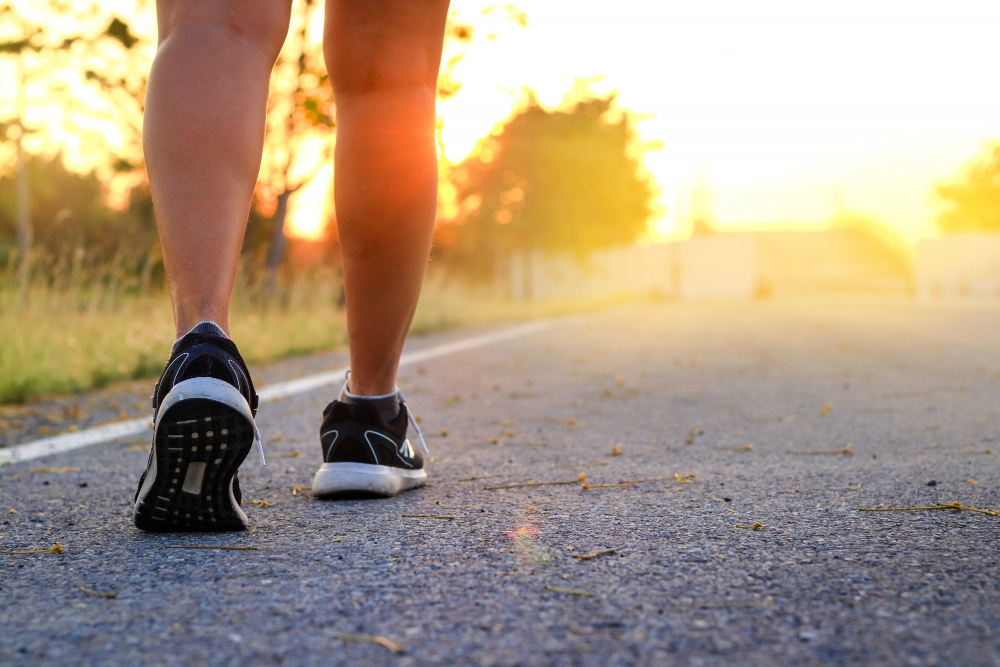Sore feet, knees, or ankles can significantly reduce your enjoyment on a hiking trip. Imbalances in the foot can become magnified when carrying heavy weights or backpacks, and walking across rough terrain may exacerbate pre-existing problems or lead to injuries that are difficult to treat in remote or isolated areas.
Common hiking injuries
The most common hiking related injuries include ankle and foot sprains and fractures, calf muscle strains, Achilles tendinitis and tears, and hamstring and calf strains. Blisters, bunions, and corns can also transform a pleasant adventure into a grueling nightmare. As it is often difficult or impossible to obtain medical help on a hiking trip in a remote area, prevention is needed to reduce the risk of injury.
Custom orthotics and injury prevention
Properly-fitted and fabricated custom orthotics can help realign biomechanical imbalances, alleviating pain and pressure in the lower extremities and hips. Orthotics may help to provide a more even distribution of weight throughout the foot, taking pressure off of sore spots that might otherwise become blisters or aggravate bunions, corns, and calluses. The use of orthotics will reduce the demands placed on the leg’s muscles when feet are out of alignment, leading to less fatigue, greater endurance, and more time to comfortably enjoy the beauty of your natural surroundings.
Selecting the right hiking boot
It is essential to purchase hiking boots that are suited to your particular foot type and designed to suit the type of hiking activity that you are planning to engage in. A stiffer boot with good ankle support is advised for backpackers who are heading out on longer journeys, while lighter weight boots are better suited for day hiking trips or light hiking activities. Breathability is important if the hiking trip is planned for a warm climate, and waterproof boots may be required for wet climates or in areas where there are known to be many streams or water-logged terrain. Thicker-soled boots are better suited for rough terrain.
Before purchasing your hiking boots, biomechanical issues that require the use of custom orthotics should be addressed to ensure a perfect fit. Your orthotics provider may also be able to recommend certain brands of hiking boot designed for your particular type of foot. If you have already purchased orthotics, make sure to take them with you to assess if the boot will still fit while accommodating the orthotic. A reputable hiking boot fitter will measure your feet with the anticipated weight of your backpack in order to account for the way in which your feet will spread to accmmodate the extra weight, and will try to match the overall foot shape to the recommended boot’s shape. Reputable boot fitters may also stretch the boots to accommodate for bunions and other foot deformities. Some fitters will provide a small incline board for you to test how your boots feel on inclines and descents.
In addition to stress fractures, shin splints, and bunions, hikers with high arches may be prone to plantar fasciitis, Achilles tendinitis, patellofemoral syndrome, and other overuse injuries. Your orthotics provider will be able to assess your feet so that you can prevent these often painful and difficult to treat injuries.
Maintenance and foot hygiene
While hiking, it’s a good idea to remove your shoes and socks on regular breaks to relieve blood vessel engorgement and reduce pressure on the bones of the feet, in addition to allowing your socks and the damp skin of your feet to dry out. Make sure to select socks that are appropriate for your activity level, boot shape, and climate. Good hiking socks will wick away moisture from the foot, inhibiting fungal growth and cushioning the skin to prevent abrasions from boots. Wash your feet regulary and keep your toenails trimmed so that your toes do not bump against the toe box, which can lead to soreness or ingrown nails.
Advance preparation combined with a daily maintenance program designed to ensure that the skin of the foot remains clean and dry as often as possible will help to prevent many of the foot injuries associated with hiking. Happy trails!

